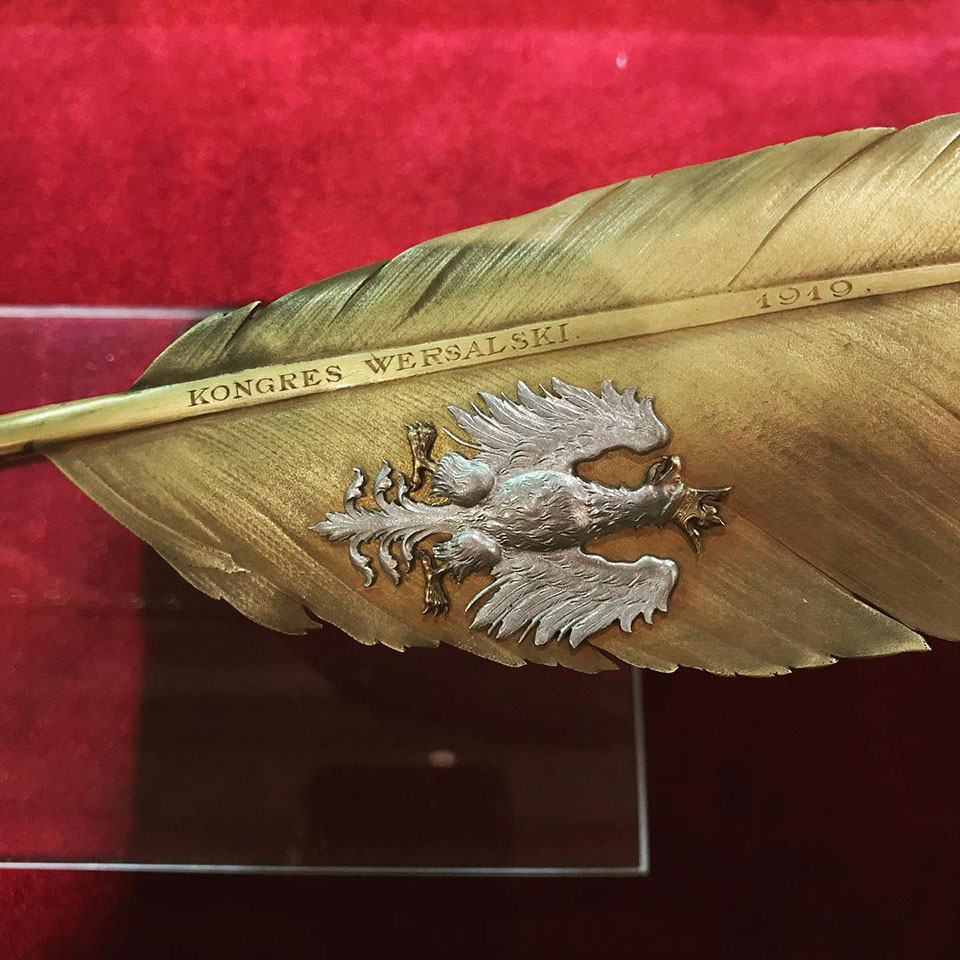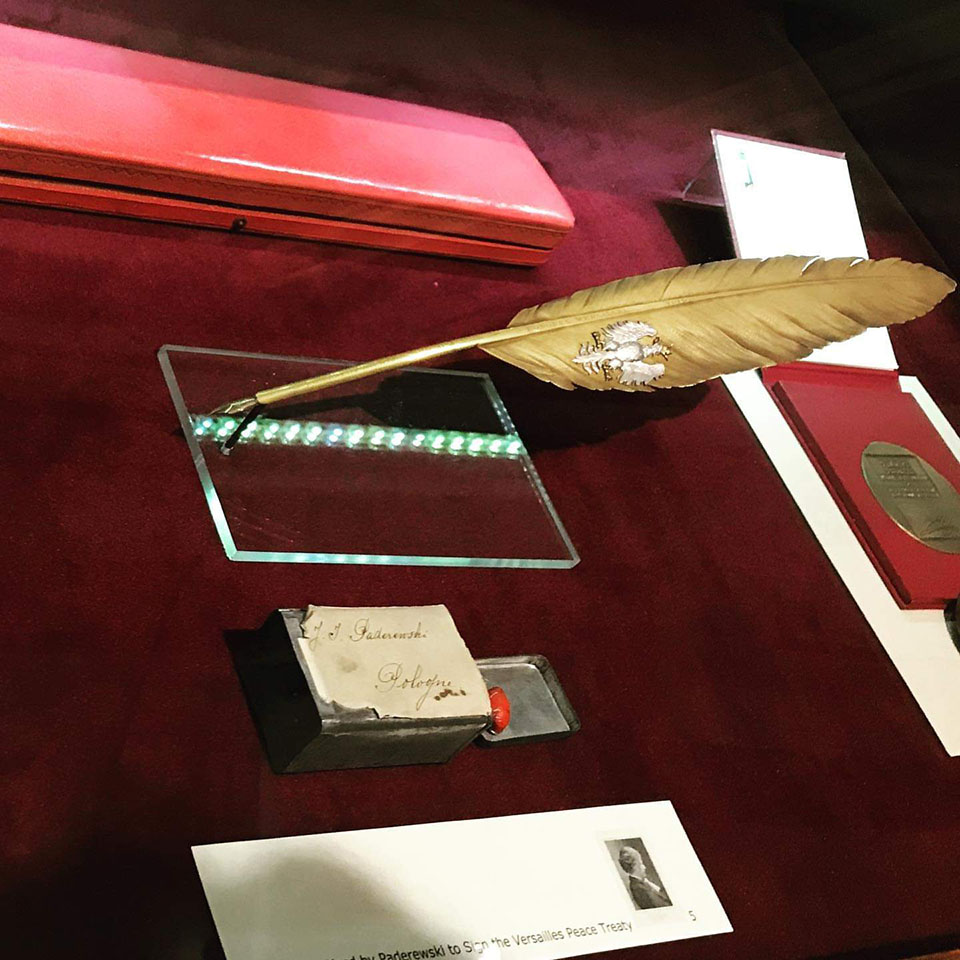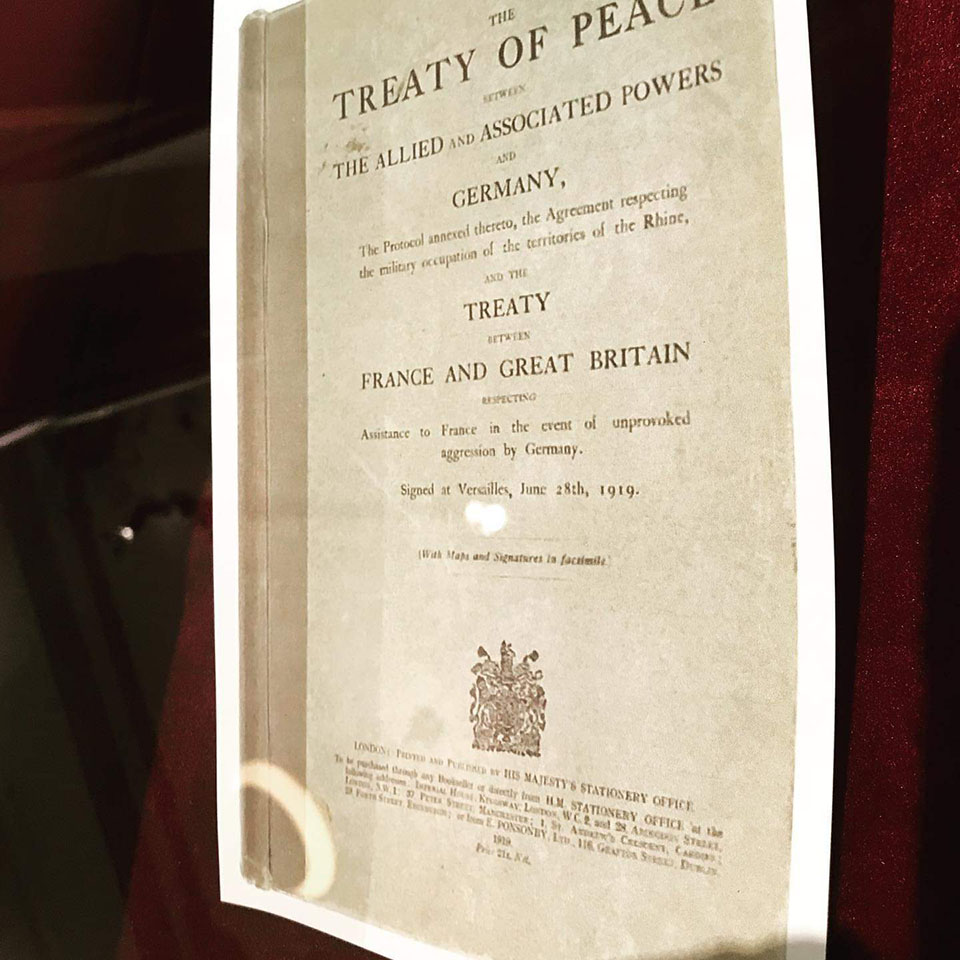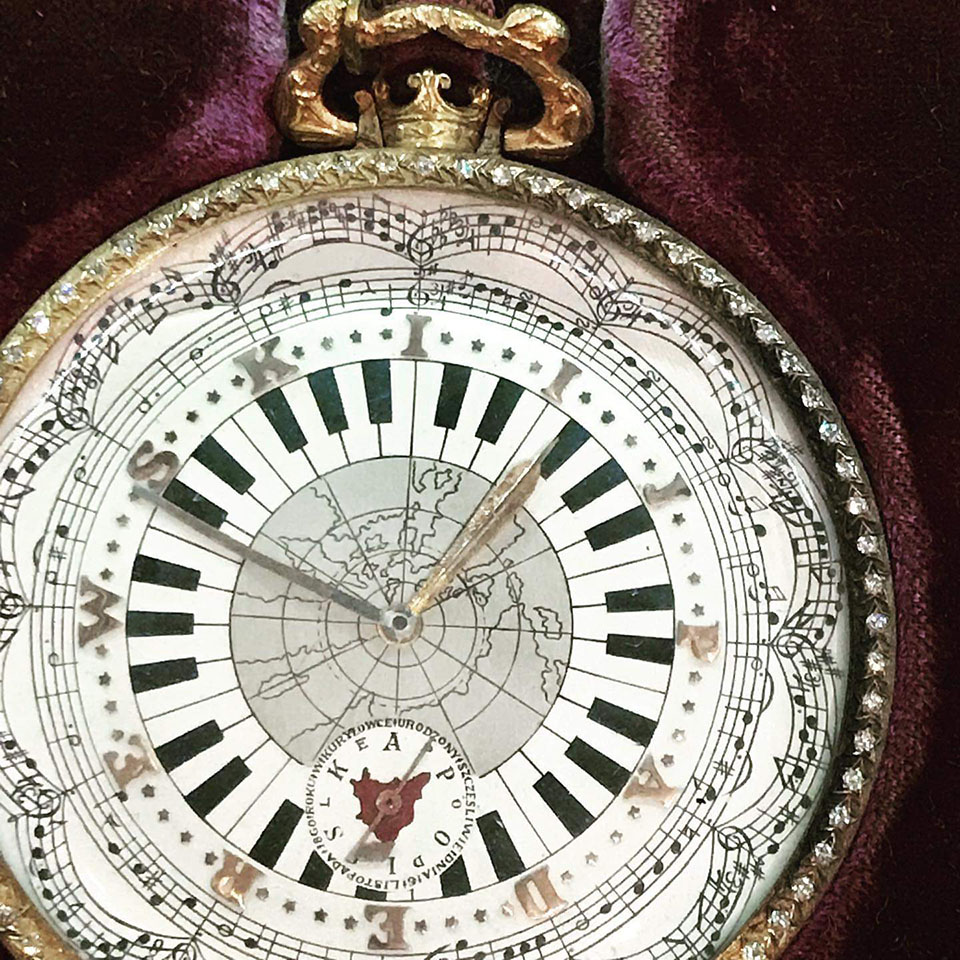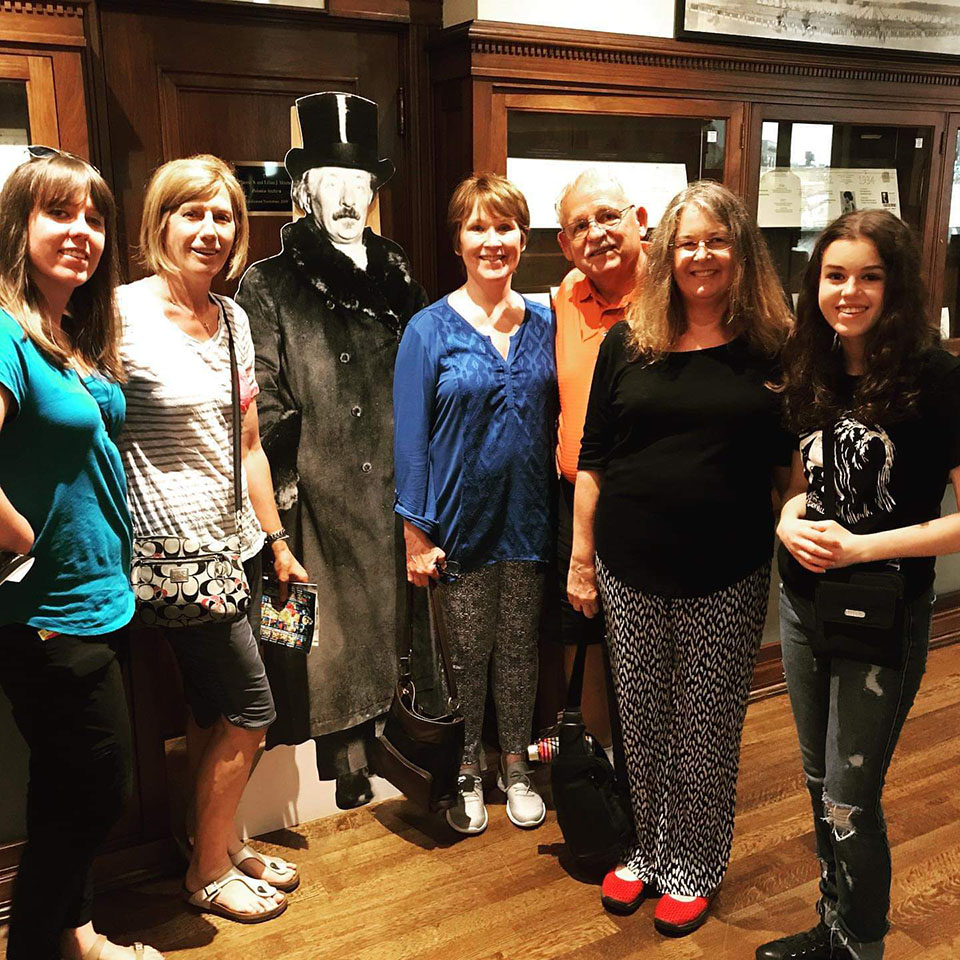Today, we observe the 104th anniversary of the Treaty of Versailles, a historic milestone that concluded World War I and left a profound impact on the trajectory of our world.
On June 28, we commemorate the 104th anniversary of the signing of the Treaty of Versailles, the historic event that marked the end of World War I and shaped the course of global history. This anniversary serves as a reminder of the diplomatic efforts and negotiations that took place in 1919, where representatives from various nations gathered in the Hall of Mirrors at the Palace of Versailles to sign the treaty. The treaty aimed to establish peace and set the terms for the post-war world order.
Among the delegates present at the conference were representatives from more than 30 countries, but the most influential decisions were made by the "Big Four" powers: Great Britain, France, the United States, and Italy. During the conference, key decisions were made regarding the borders and territories of the newly established Polish state.
Ignacy Jan Paderewski, who was not only a renowned pianist but also the Prime Minister of the Polish government, played a crucial role in advocating for Poland's rights to certain territories. Alongside Paderewski, prominent Polish scholars such as Szymon Askenazy, Oskar Halecki, Władysław Konopczyński, and geographer Eugeniusz Romer supported the fight for Polish borders.
The pen used to sign the Treaty of Versailles, which ended World War I, holds a special place in history and is currently housed at the Polish Museum of America. The signing of such a significant document required a pen that would symbolize the gravity and importance of the moment.
For those interested in learning more about Paderewski and the rich history of Poland, visiting the Polish Museum of America would be a worthwhile experience. It offers a chance to engage with artifacts, exhibits, and the cultural heritage of the Polish community in the United States.
* * *
28 czerwca wspominamy historyczne wydarzenie, podpisanie Traktatu Wersalskiego, które zakończyło I wojnę światową i ukształtowało bieg historii świata.
Ta rocznica przypomina o staraniach i negocjacjach dyplomatycznych, które miały miejsce w 1919 r., kiedy przedstawiciele różnych narodów zebrali się w Sali Lustrzanej Pałacu Wersalskiego, aby podpisać traktat. Traktat miał na celu ustanowienie pokoju i określenie warunków powojennego porządku światowego.
Wśród delegatów obecnych na konferencji byli przedstawiciele ponad 30 krajów, ale najbardziej wpływowe decyzje podjęły mocarstwa „wielkiej czwórki”: Wielka Brytania, Francja, Stany Zjednoczone i Włochy. Podczas konferencji zapadły kluczowe decyzje dotyczące granic i terytoriów nowo powstałego państwa polskiego.
Ignacy Jan Paderewski, który był nie tylko znanym pianistą, ale także premierem polskiego rządu, odegrał kluczową rolę w obronie praw Polski do pewnych terytoriów. Obok Paderewskiego walkę o granice Polski wspierali wybitni polscy uczeni, tacy jak Szymon Askenazy, Oskar Halecki, Władysław Konopczyński i geograf Eugeniusz Romer.
Pióro, którym podpisano traktat wersalski kończący I wojnę światową, zajmuje szczególne miejsce w historii i obecnie znajduje się w Muzeum Polskim w Ameryce. Podpisanie tak ważnego dokumentu wymagało pióra, które symbolizowałoby powagę i wagę chwili.
Dla tych, którzy chcą dowiedzieć się więcej o Paderewskim i bogatej historii Polski, warto odwiedzić Muzeum Polskie w Ameryce. Daje możliwość obcowania z artefaktami, eksponatami i dziedzictwem kulturowym Polonii w Stanach Zjednoczonych.

